Garden Blog- Wholesale Nursery Co
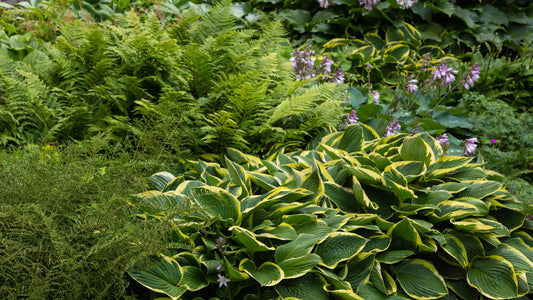
Crafting a Mesmerizing Garden
Landscape design is an art that involves skillfully combining various botanical elements to create a breathtaking visual experience that ignites the senses and touches the soul. Using different plant species...
Crafting a Mesmerizing Garden
Landscape design is an art that involves skillfully combining various botanical elements to create a breathtaking visual experience that ignites the senses and touches the soul. Using different plant species...
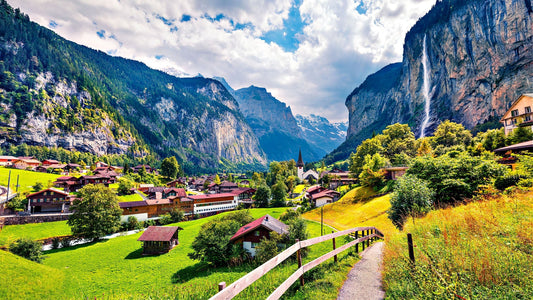
Crafting a Captivating Landscape: Harnessing th...
Crafting a remarkable landscape requires careful planning, regard for the components, and a keen eye for design. You can add depth, texture, and visual interest to your landscape by utilizing...
Crafting a Captivating Landscape: Harnessing th...
Crafting a remarkable landscape requires careful planning, regard for the components, and a keen eye for design. You can add depth, texture, and visual interest to your landscape by utilizing...
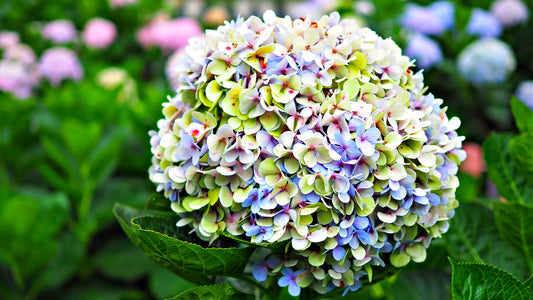
Elegant Harmony: Crafting a Graceful Landscape ...
Designing a breathtaking landscape that incorporates a harmonious blend of natural elements like the delicate Fiddlehead Fern, the dainty Foam Flower, the tall and slender Horsetail Plant, the majestic Sugar...
Elegant Harmony: Crafting a Graceful Landscape ...
Designing a breathtaking landscape that incorporates a harmonious blend of natural elements like the delicate Fiddlehead Fern, the dainty Foam Flower, the tall and slender Horsetail Plant, the majestic Sugar...
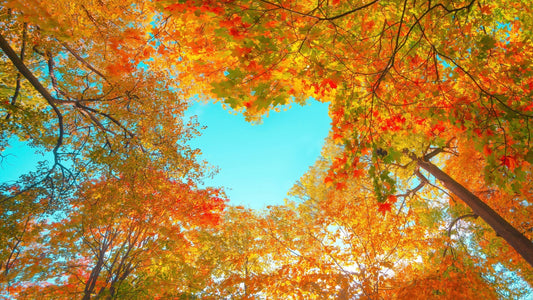
The Benefits of Fall Planting
The joy of witnessing plants emerge from their slumber adds a layer of excitement to the gardening journey, reinforcing the connection between the gardener and the changing seasons.
The Benefits of Fall Planting
The joy of witnessing plants emerge from their slumber adds a layer of excitement to the gardening journey, reinforcing the connection between the gardener and the changing seasons.
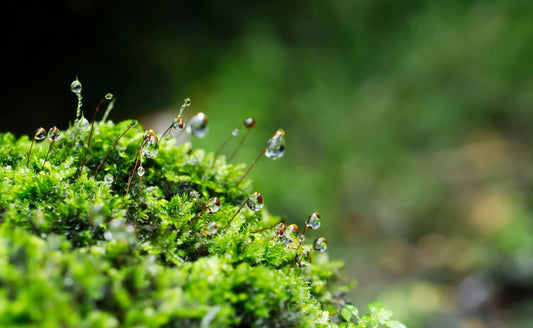
The Fascinating World of Mosses
Despite their ecological importance and unique characteristics, mosses often need more attention in conservation efforts compared to other plant groups. Mosses are particularly vulnerable to habitat destruction, pollution, and climate...
The Fascinating World of Mosses
Despite their ecological importance and unique characteristics, mosses often need more attention in conservation efforts compared to other plant groups. Mosses are particularly vulnerable to habitat destruction, pollution, and climate...
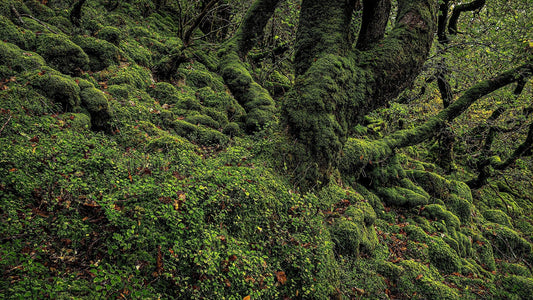
Unveiling the Enigmatic World of Native Mosses ...
The United States has a rich and diverse ecosystem of native moss species, each with unique characteristics and ecological roles. From the dense woodlands of the Pacific Northwest to the...
Unveiling the Enigmatic World of Native Mosses ...
The United States has a rich and diverse ecosystem of native moss species, each with unique characteristics and ecological roles. From the dense woodlands of the Pacific Northwest to the...
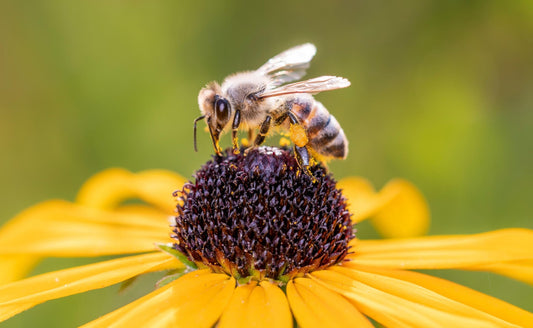
The Vital Role of Bees in Your Garden
Your garden can be an influential contributor to the conservation of bees and other pollinators. By choosing native perennials and following bee-friendly gardening practices, you create a haven that supports...
The Vital Role of Bees in Your Garden
Your garden can be an influential contributor to the conservation of bees and other pollinators. By choosing native perennials and following bee-friendly gardening practices, you create a haven that supports...

Enhancing Your Landscape with Vibrant Colors Th...
Whether you're looking to create a serene retreat or a vibrant, ever-changing masterpiece, carefully selecting trees, shrubs, and flowering plants will help you achieve the landscape of your dreams. So,...
Enhancing Your Landscape with Vibrant Colors Th...
Whether you're looking to create a serene retreat or a vibrant, ever-changing masterpiece, carefully selecting trees, shrubs, and flowering plants will help you achieve the landscape of your dreams. So,...
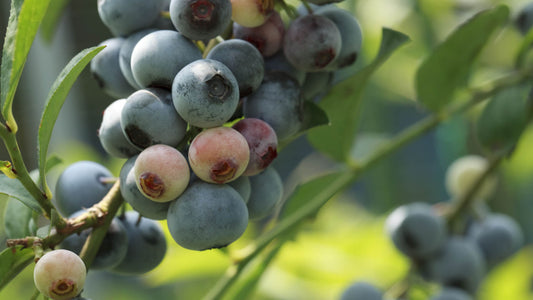
Rabbiteye Blueberries: A Sustainable and Profit...
Rabbiteye blueberries, scientifically known as Vaccinium ashei, have gained prominence in agriculture due to their exceptional qualities as a sustainable and profitable crop. These delicious and nutritious berries have become...
Rabbiteye Blueberries: A Sustainable and Profit...
Rabbiteye blueberries, scientifically known as Vaccinium ashei, have gained prominence in agriculture due to their exceptional qualities as a sustainable and profitable crop. These delicious and nutritious berries have become...
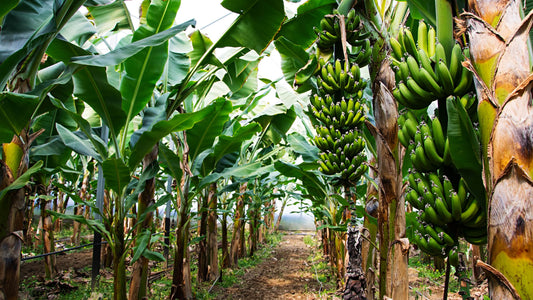
The Fascinating Life Cycle of a Banana Tree
Banana trees, with their vibrant green leaves and bunches of delicious fruit, are common in tropical regions worldwide. While many of us enjoy the sweet and nutritious fruit they produce, few...
The Fascinating Life Cycle of a Banana Tree
Banana trees, with their vibrant green leaves and bunches of delicious fruit, are common in tropical regions worldwide. While many of us enjoy the sweet and nutritious fruit they produce, few...
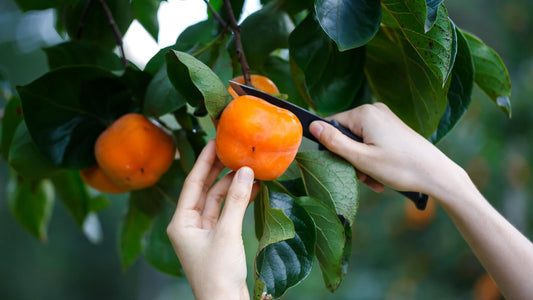
A Taste of Autumn: Persimmon Tree's Seasonal De...
The persimmon tree stands out as a symbol of autumn's beauty and flavor. This majestic tree produces a fruit that encapsulates the essence of autumn, offering a delightful taste of...
A Taste of Autumn: Persimmon Tree's Seasonal De...
The persimmon tree stands out as a symbol of autumn's beauty and flavor. This majestic tree produces a fruit that encapsulates the essence of autumn, offering a delightful taste of...
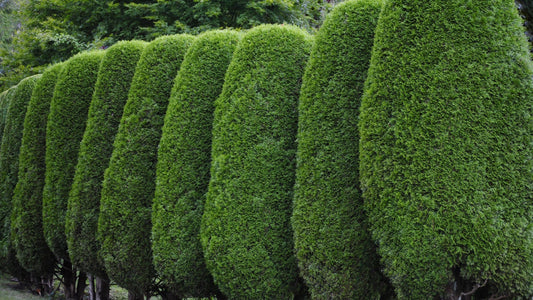
Year-Round Curb Appeal: Landscaping with Evergr...
Transforming Your Landscape with Evergreen Shrubs Landscaping plays a vital part in enhancing the beauty and functionality of your outdoor space. Whether you have a sprawling backyard or a small...
Year-Round Curb Appeal: Landscaping with Evergr...
Transforming Your Landscape with Evergreen Shrubs Landscaping plays a vital part in enhancing the beauty and functionality of your outdoor space. Whether you have a sprawling backyard or a small...
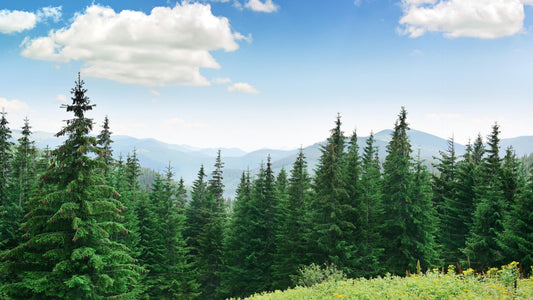
Pine Trees: Nature's Asset for Real Estate Valu...
Pine trees are not just a symbol of natural beauty and serenity; they can also be a helpful asset when raising the value of your home. These evergreen wonders not...
Pine Trees: Nature's Asset for Real Estate Valu...
Pine trees are not just a symbol of natural beauty and serenity; they can also be a helpful asset when raising the value of your home. These evergreen wonders not...
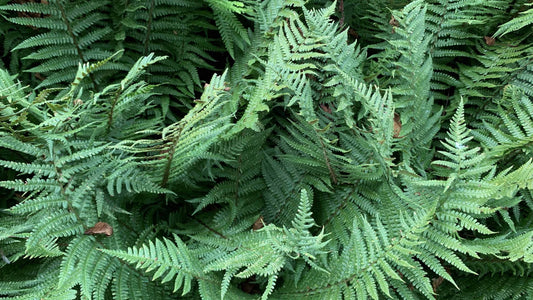
The Benefits of Evergreen Ferns In Your Garden
Evergreen ferns are a remarkable addition to any garden, offering many benefits that can transform your outdoor space into a lush, vibrant, and visually appealing haven.
The Benefits of Evergreen Ferns In Your Garden
Evergreen ferns are a remarkable addition to any garden, offering many benefits that can transform your outdoor space into a lush, vibrant, and visually appealing haven.
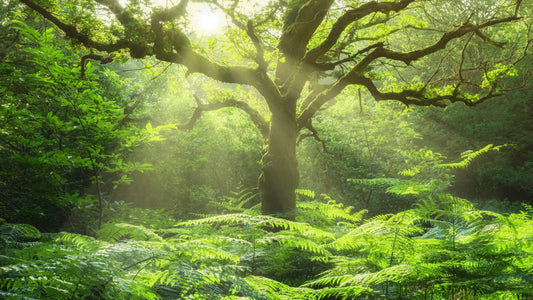
The Benefits of Sun Loving Ferns In Your Garden
Sun-loving ferns can add a touch of elegance and vibrancy to your garden. These versatile plants, often associated with shady and damp areas, have found their place in gardens based...
The Benefits of Sun Loving Ferns In Your Garden
Sun-loving ferns can add a touch of elegance and vibrancy to your garden. These versatile plants, often associated with shady and damp areas, have found their place in gardens based...
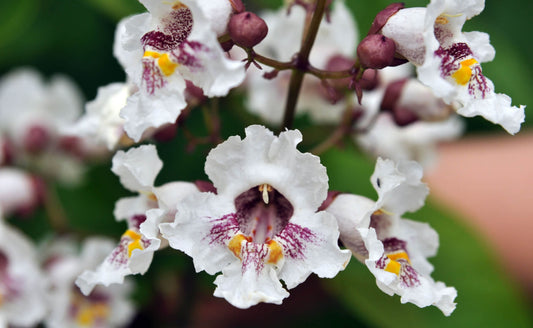
Catalpa Trees: Nature's Ornamental Masterpiece
One of the most remarkable qualities of catalpa trees is their role in pollinator conservation. The fragrant flowers of catalpas are a magnet for pollinators, including bees, butterflies, and hummingbirds....
Catalpa Trees: Nature's Ornamental Masterpiece
One of the most remarkable qualities of catalpa trees is their role in pollinator conservation. The fragrant flowers of catalpas are a magnet for pollinators, including bees, butterflies, and hummingbirds....
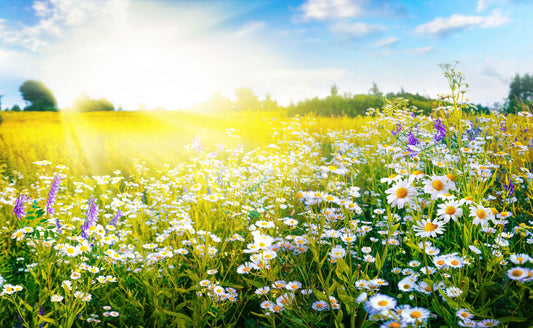
The Natural Symphony: Incorporating Meadows int...
By creating your meadow, you enhance the beauty of your surroundings and play a vital role in conserving native plant species and supporting local ecosystems. Embrace the natural symphony of...
The Natural Symphony: Incorporating Meadows int...
By creating your meadow, you enhance the beauty of your surroundings and play a vital role in conserving native plant species and supporting local ecosystems. Embrace the natural symphony of...
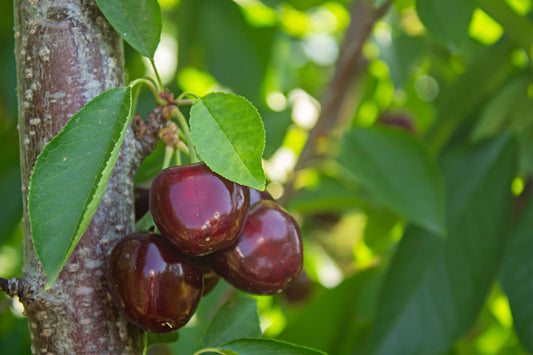
Turning Your Fruit Trees into Profit: A Guide t...
Imagine waking up each morning to the sweet scent of ripe fruit wafting through your backyard. Living from fruit trees is possible with careful planning, dedication, and green-thumb know-how.
Turning Your Fruit Trees into Profit: A Guide t...
Imagine waking up each morning to the sweet scent of ripe fruit wafting through your backyard. Living from fruit trees is possible with careful planning, dedication, and green-thumb know-how.
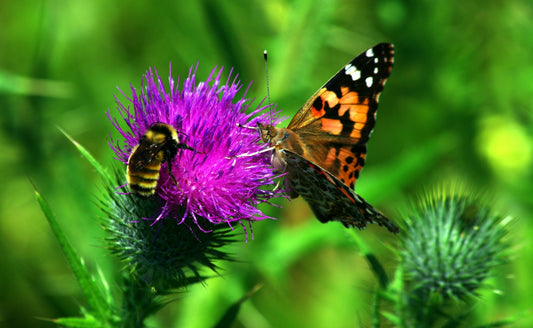
Prioritizing Pollinators
The decline of pollinator populations is a pressing environmental concern that threatens ecosystems and food security. By prioritizing pollinators in our gardens through cultivating bee balm, milkweed, butterfly weed, coneflowers,...
Prioritizing Pollinators
The decline of pollinator populations is a pressing environmental concern that threatens ecosystems and food security. By prioritizing pollinators in our gardens through cultivating bee balm, milkweed, butterfly weed, coneflowers,...

Creating Stunning Wall Art from Your Perennial ...
Gardens are not just outdoor spaces but canvases where nature paints its masterpieces. If you're a gardening enthusiast, you already appreciate the beauty and serenity that a well-maintained perennial garden...
Creating Stunning Wall Art from Your Perennial ...
Gardens are not just outdoor spaces but canvases where nature paints its masterpieces. If you're a gardening enthusiast, you already appreciate the beauty and serenity that a well-maintained perennial garden...
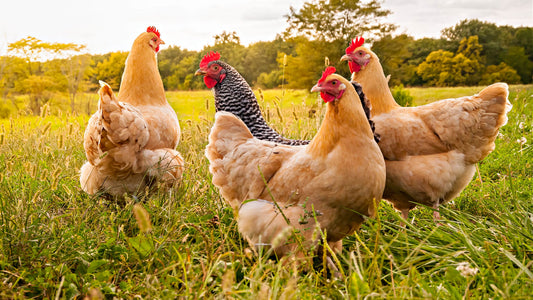
Why You Should Have Chickens If You Garden
Gardening is a rewarding activity that brings you closer to nature. While you may not typically associate chickens with gardening, they are fantastic companions in your garden. Having chickens around...
Why You Should Have Chickens If You Garden
Gardening is a rewarding activity that brings you closer to nature. While you may not typically associate chickens with gardening, they are fantastic companions in your garden. Having chickens around...
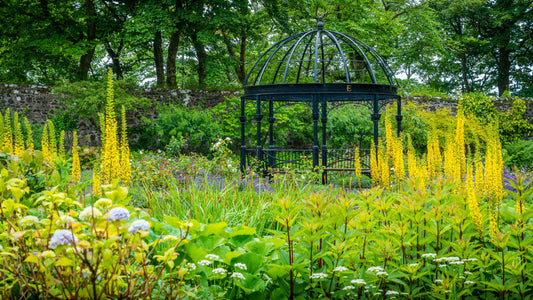
How To Make A Proper Scottish Garden
Scotland understood for its breathtaking landscapes and rich artistic heritage, has a longstanding tradition of gardening that is highly affiliated with its natural surroundings. A proper Scottish garden embodies the...
How To Make A Proper Scottish Garden
Scotland understood for its breathtaking landscapes and rich artistic heritage, has a longstanding tradition of gardening that is highly affiliated with its natural surroundings. A proper Scottish garden embodies the...
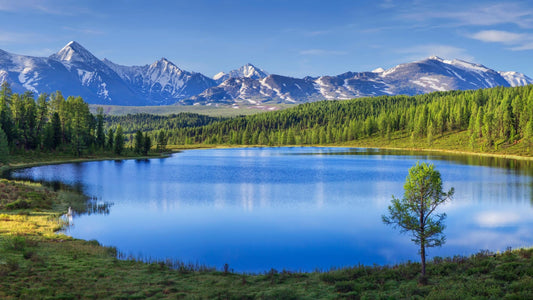
Nurturing Nature: Exploring the Role of Water i...
Water is essential for plant development and survival. Different types of water, such as rainwater, groundwater, and tap water, affect plant health uniquely. This discussion explores the significance of each...
Nurturing Nature: Exploring the Role of Water i...
Water is essential for plant development and survival. Different types of water, such as rainwater, groundwater, and tap water, affect plant health uniquely. This discussion explores the significance of each...
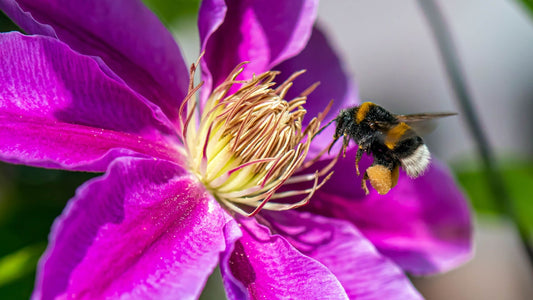
The Secret Life of Bees: Pollinators and Your G...
The buzzing of bees in a garden is not just a pleasant sound; it is a sign of life and vitality. These tiny creatures play a vital part in the...
The Secret Life of Bees: Pollinators and Your G...
The buzzing of bees in a garden is not just a pleasant sound; it is a sign of life and vitality. These tiny creatures play a vital part in the...
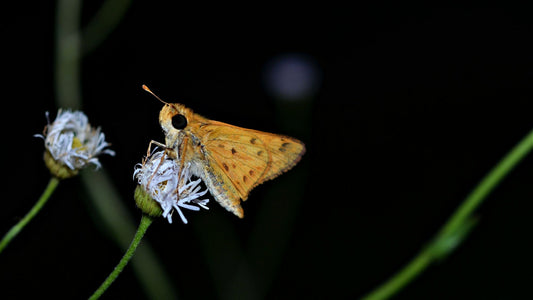
Creating a Night-Blooming Garden: A Symphony of...
Creating a night-blooming garden is a captivating endeavor that allows you to transform your outdoor space into a magical realm that comes to life after the sun sets. While most...
Creating a Night-Blooming Garden: A Symphony of...
Creating a night-blooming garden is a captivating endeavor that allows you to transform your outdoor space into a magical realm that comes to life after the sun sets. While most...
